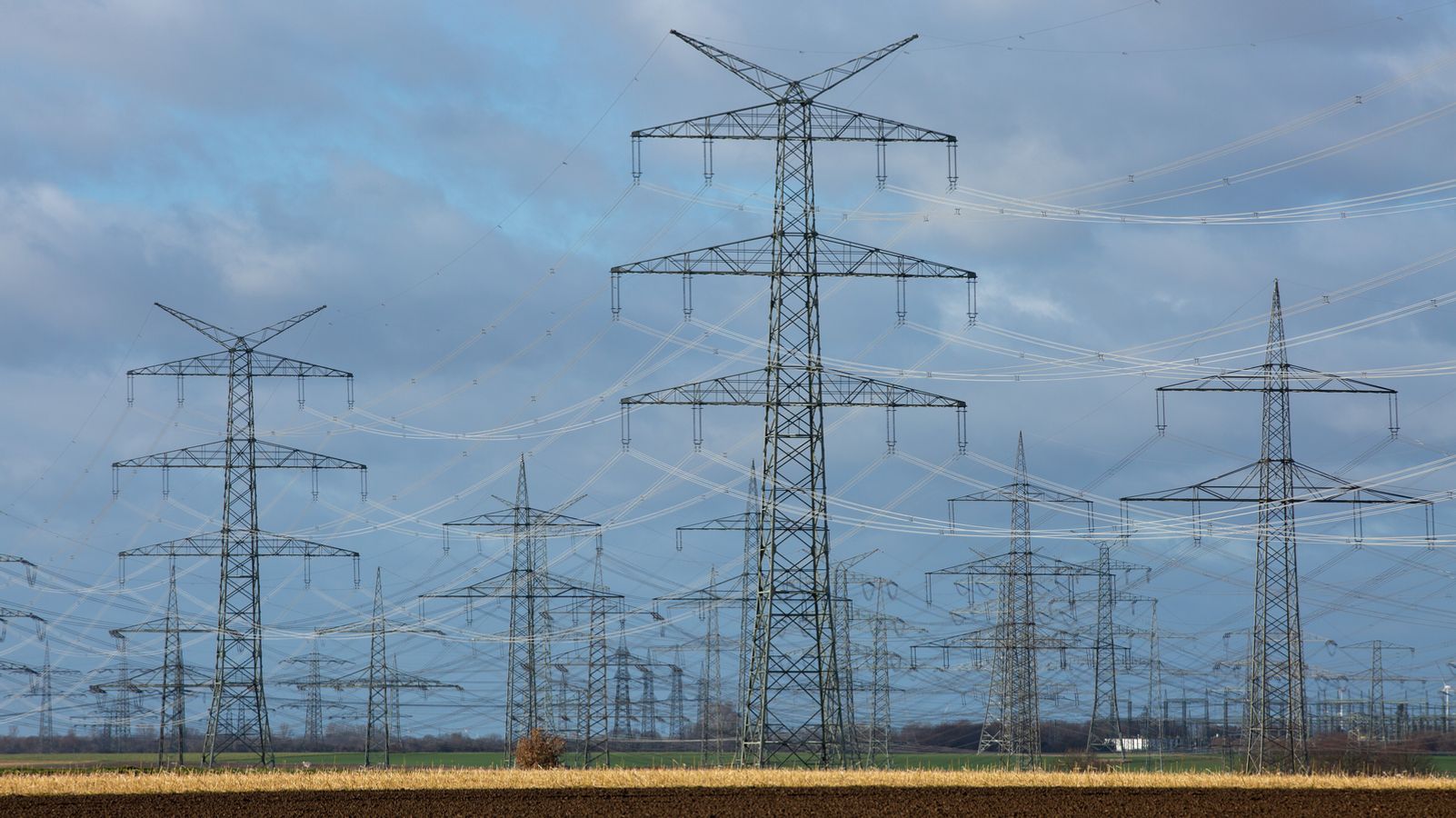Superconducting materials allow for lossless current transmission because they conduct electricity without any resistance. With the help of superconductors, power cables can be thousands of kilometers long. This is more important than ever in times of renewable energies, which are not necessarily generated when needed. We can build magnetic trains that glide very efficiently across landscapes on superconductors, or improve our imaging processes in medicine with magnetic resonance imaging (MRI). For decades, research teams around the world have been searching for an ideal material for superconductors that also operate at room temperature and without expensive cooling processes. Now an American research team wants to be able to do exactly that: Presents an article in the specialized journal “Nature”.which can still conduct electricity without resistance at a temperature of just under 21°C.
“This is an absolute breakthrough – if the result is really real,” says Tony Helm of the Helmholtz Center Dresden-Rossendorf, who was not involved in the study.
Is the decades-long search over?
Superconductors do exist, in fact they were discovered over 100 years ago. However, the problem with superconductors so far is that they only work at very low temperatures. Many materials can be turned into superconductors if they are cooled to just above absolute zero at minus -273.15 degrees Celsius.
So-called high-temperature superconductors have been around since the 1980s. But these materials based on copper compounds also like cold, and must be cooled to 196°C, for example with liquid nitrogen. Despite this obstacle, there have been several attempts to use high-temperature superconductors as power cables: the “AmpaCity” project laid such a cable in Essen as early as 2014. Stadtwerke München has been exploring the construction of the world’s longest superconducting power cable since 2020 With the “SuperLink” project: it should be twelve kilometers long. The fact that there are no exorbitant energy losses when transmitting electricity should offset the effort and cooling costs involved.
The new superconductor is made of lutetium, hydrogen and nitrogen
The team led by Ranga Dias of the University of Rochester has now presented a superconducting material that works just as well at comfortable room temperatures: It’s a combination of A rare earth metal Named lutetium, hydrogen and nitrogen. You first mix the materials together – then press them hard by putting them through a diamond press. These compounds of two elements plus hydrogen have long been researched by research teams around the world as potential superconductors: they are said to superconduct even at high temperatures, but they need extremely high pressures of up to 2 megabars to do so.
In a specialized article, Dias’ team now describes that their new material has become superconducting at a pressure of 10 kilobars and a temperature of 20.85 degrees Celsius, meaning it no longer exhibits any electrical resistance. Now, the pressure of 10 kbar is still 10 thousand times the atmospheric pressure and is not encountered in daily life. “But it’s a pressure area where it’s relatively easy to do good experiments,” says Tony Helm. You won’t even need a diamond press – which only a few research teams in the world have. “So we can really think about the technical applications,” says Tony Helm.
The study was withdrawn in 2020
But is the result of this research really real? Because as early as 2020, the research team led by physicist Ranga Dias reported a similarly startling resultAt that time, she wanted to prove the superconducting properties of a mixture of hydrogen, carbon and sulfur at a temperature of 15 degrees Celsius and a pressure equivalent to 2.6 million times atmospheric pressure. The news spread around the world, and the discovery was hailed as a breakthrough.
In 2022, the journal “Nature” published this study Withdrew despite the protests of all the authors involved: There were indications that the researchers had embellished the display of one of their measurements aimed at proving the properties of superconductivity. This means that the result is not considered real. To make matters worse, no other research group has been able to successfully replicate the experiment since then.
So now the researchers are publishing an even more exciting result than in 2020, bolstered by a complex peer-review process and with more measurements intended to validate their findings. In addition, it is not enough to prove that the alleged superconductor has no electrical resistance. A superconductor has the property of displacing magnetic fields from within it – and this is how the superconducting magnetic levitation train also works, which then slides smoothly. And here specifically the results in the new specialist article are not clear.
New Superconductor Material: Miracle or Wishful Thinking?
So the bad news is that if this result is not independently confirmed, the search for a room-temperature superconductor will start again.
The good news: “Theoretically, anyone can do this, thus providing clear evidence of superconductivity,” says Tony Helm. The technical article at least indicates that the so-called superconducting material is neither particularly difficult to produce nor that the experimental conditions are particularly strange. Tony Helm hypothesizes that research teams around the world will jump to this conclusion to repeat the experiment. If it’s real, Helm says, “it’s only a matter of time before another group reproduces it.”
Only then can a scientific breakthrough be celebrated — and the decades-old dream of a room-temperature superconductor with technical applicability can come true.

“Total coffee aficionado. Travel buff. Music ninja. Bacon nerd. Beeraholic.”







More Stories
Researchers detect extremely high-energy gamma rays
Anxiety disorders in old age increase the risk of dementia
Researchers are particularly fascinated by these exoplanets.